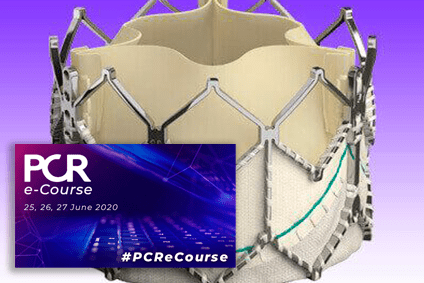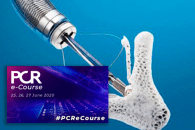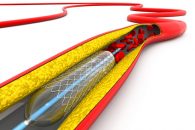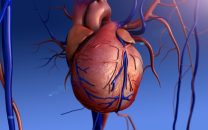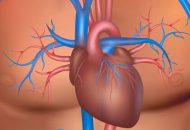The outcomes of this work are important to plan valve replacement with the largest possible prosthesis allowed by patient anatomy in the index procedure. As a worldwide trend, increasingly more patients are receiving bioprostheses, which have improved a lot but still tend to become deteriorated and require a valve-in-valve procedure if the patient is no…
EuroPCR 2020 | CLASP: New Device for Mitral Repair with at One Year Follow Up
The CLASP looked into patients treated with the new device for transcatheter mitral repair called PASCAL and showed low complications rate, high survival rate, significant mitral regurgitation reduction and improved quality of life at one year. In July 2019 we published on our web page the 30 year outcomes of the PASCAL device () which…
EuroPCR 2020 | EVOQUE: New Transcatheter Mitral Valve Replacement System, Promises at Short Term and Future Hope
Transeptal transcatheter mitral valve replacement offers a less invasive alternative vs. surgery and with fewer anatomical limitations than transcatheter repair (e.g. MitraClip) in patients with severe mitral valve failure. The first patients treated with the new system EVOQUE were included between September 2018 and October 2019 and its outcomes were presented at the virtual EuroPCR…
Contained Annulus Rupture after TAVR: What Should We Do?
Courtesy of Dr. Carlos Fava. Aortic annulus rupture is a catastrophic event that presents in nearly 0.9% of cases, but there is another entity called contained annulus rupture, associated to oversized devices and annulus calcification and diagnosed with CT angiography, with up to 5% frequency. 1602 patients from the ENCORE registry were analyzed. 21 of…
Stenting of Lipid-Rich vs Fibrous and calcified Plaques: Different Prognosis?
Coronary PCI with contemporary drug eluting stents (DES) in lipidic-rich plaques were not associated with increased periprocedural events at long term compared against plaques with no significant lipidic composition. This study recently published in J Am Coll Cardiol looked into the association between lipidic rich plaques detected by near-infrared spectroscopy (NIRS) and clinical events in…
Self-Expanding Valve vs. Balloon-Expandable Valve, Randomized, Head to Head
The “arms race”among transcatheter valves has been vertiginous. By the time we received the mid- or long-term outcomes of studies focused on a given valve, we were already using its next generation in clinical practice. As a result, there is little information addressing which valve is the best. Nowadays, this “arms race” has reached a…
Frailty and Bleeding: Impact on Aortic Valve Replacement
Courtesy of Dr. Carlos Fava. We are well aware that both transcatheter aortic valve replacement (TAVR) and surgical valve replacement (SAVR) generate bleeding (15% to 22% for TAVR and 22% to 44% for SAVR). Frail patients constitute a particular group. These have not yet been assessed as to the real risk they run and mortality…
Leaflet Thickening and Immobility in Evolut Low Risk
Leaflet thickening and immobility caused by thrombosis have been reported for both surgical and transcatheter bioprostheses. This phenomenon is diagnosed through hypoattenuation, thickening, and lack of motion, as observed through computed tomography (CT) imaging. The incidence and, especially, the clinical implications of this phenomenon remain unclear, but they are of great interest, particularly in a…
TAVR: Balloon-Expandable or Self-Expanding Valves, Which Is the Answer?
Courtesy of Dr. Carlos Fava. Transcatheter aortic valve replacement (TAVR) has shown benefit and is currently moving towards low-risk patients, as well as bicuspid aortic valves and (to a lower extent) aortic regurgitation. However, we must ponder on which valve should be used on each patient: balloon-expandable (BE) or self-expanding (SE) valve? They represent different technologies…
Should We Finalize TAVR with Atrial Pacing in Some Patients?
Courtesy of Dr. Carlos Fava. The benefits of transcatheter aortic valve replacement (TAVR) are undoubtedly clear, but implantation is performed near the atrioventricular (AV) node, the bundle of His, and the left bundle branch. Consequently, permanent pacemaker implantation (PPI) after TAVR or surgical aortic valve replacement becomes necessary. While researchers have recently developed strategies to reduce…
Malignancies and Aortic Stenosis: Is TAVR Warranted?
This meta-analysis tells us that patients with active malignancies and severe aortic stenosis have a good evolution after transcatheter aortic valve replacement (TAVR), except for a higher rate of pacemaker implantation in the general population. These patients must not be limited to respite care only, at least as far as aortic stenosis is concerned. Short-term…
